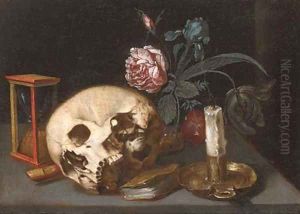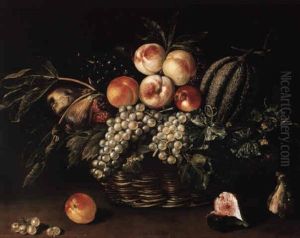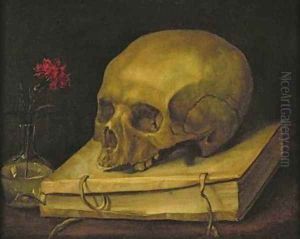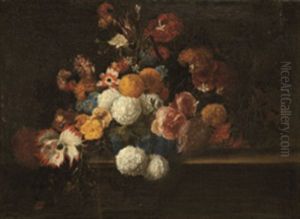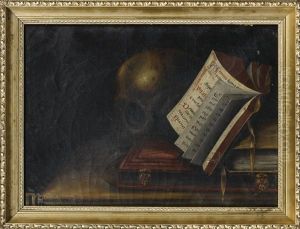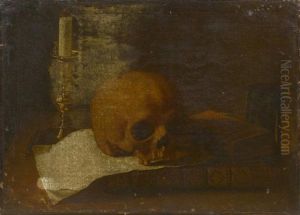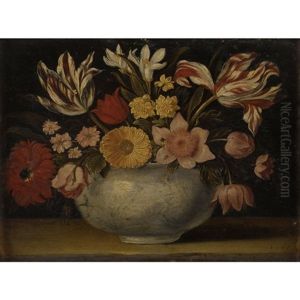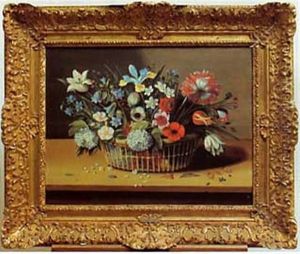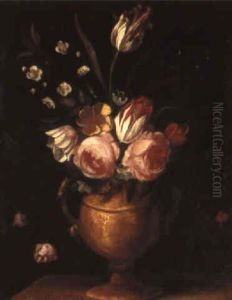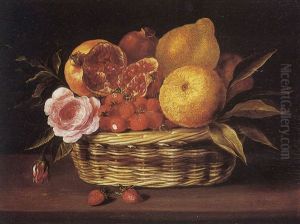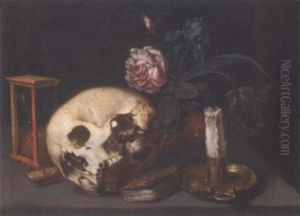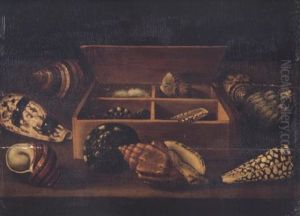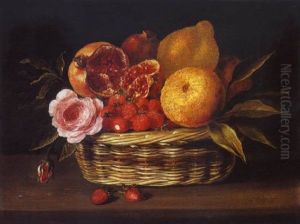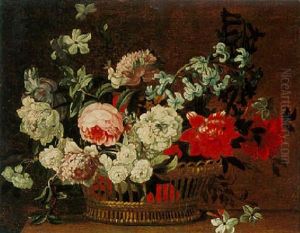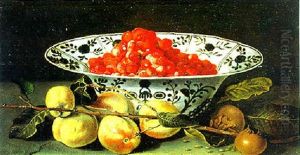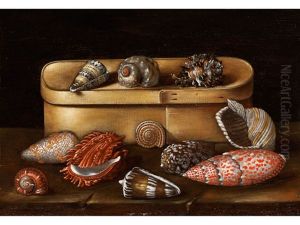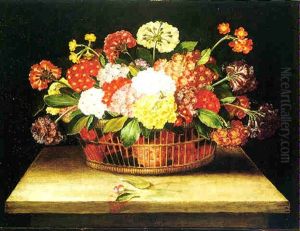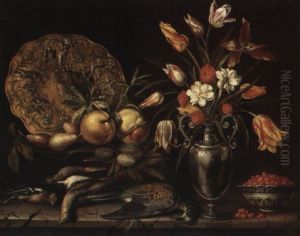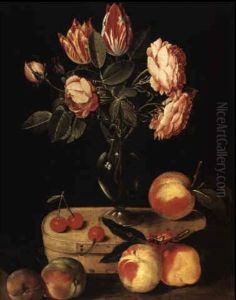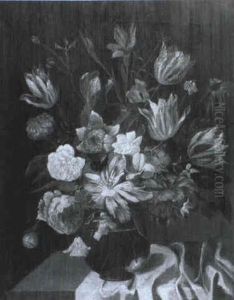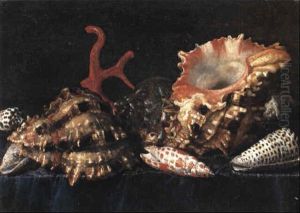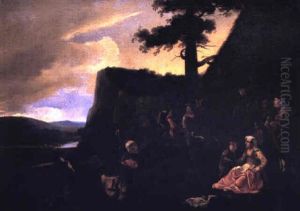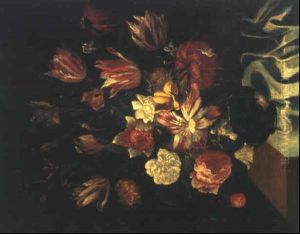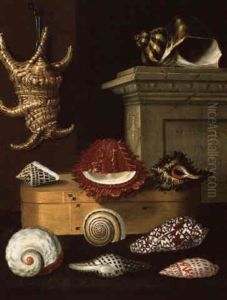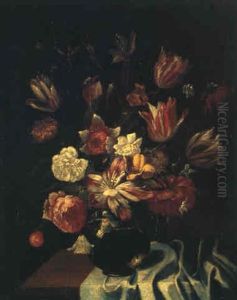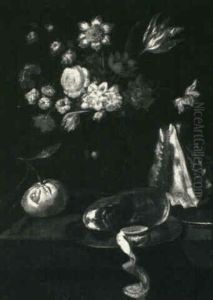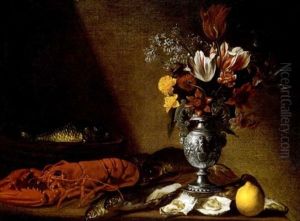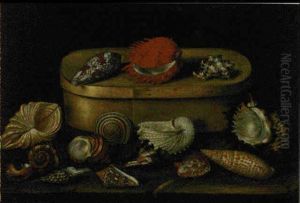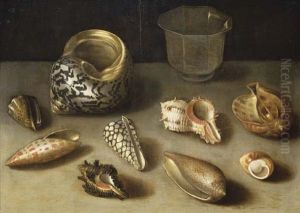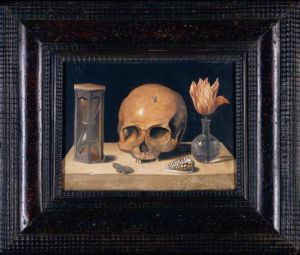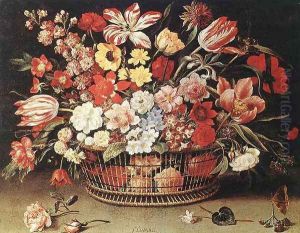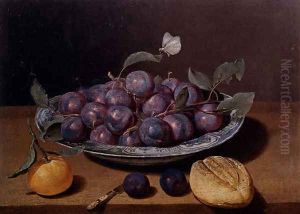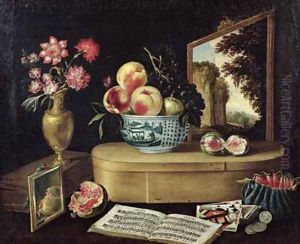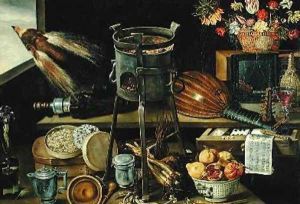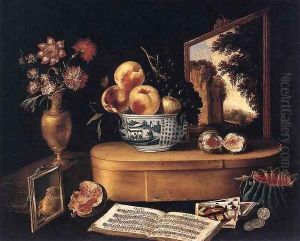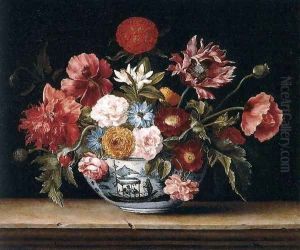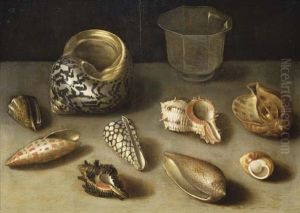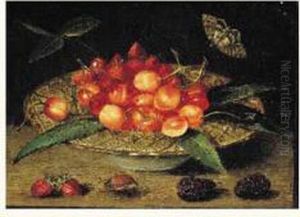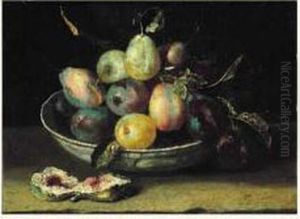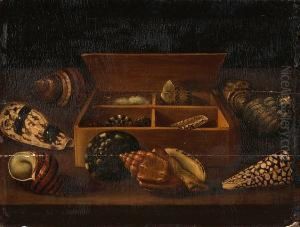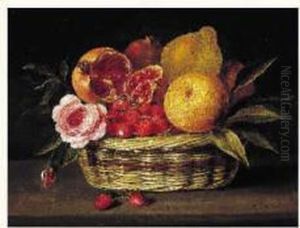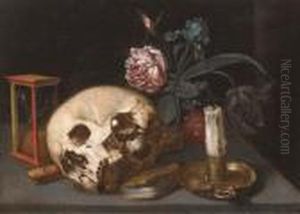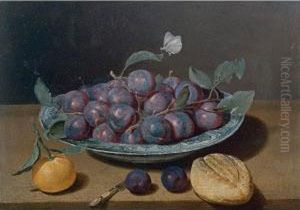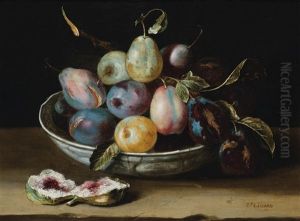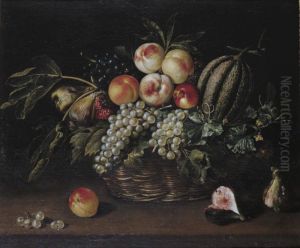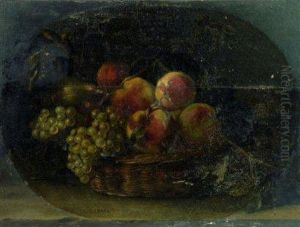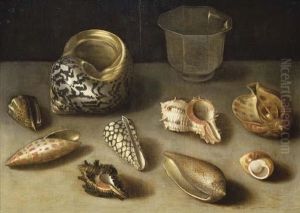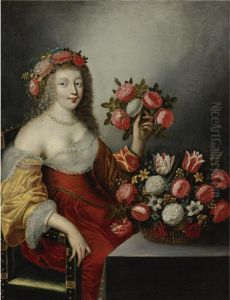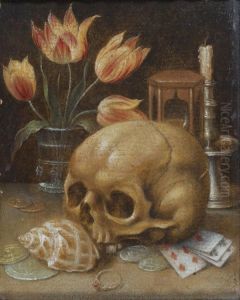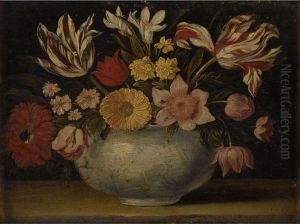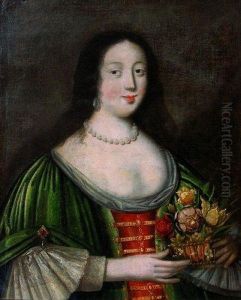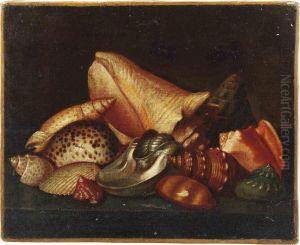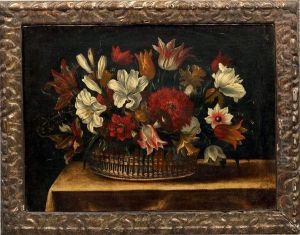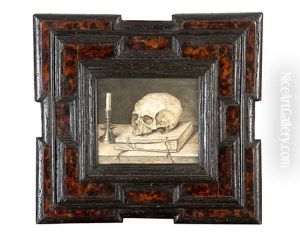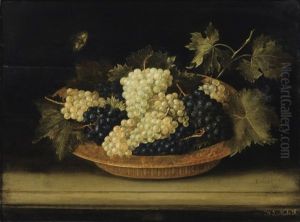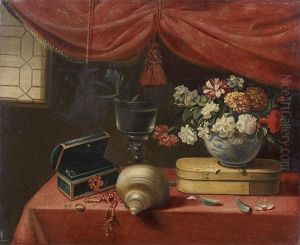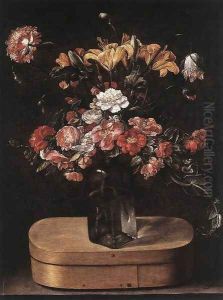Jacques Linard Paintings
Jacques Linard was a French painter who was born in 1600 and is mainly known for his still-life paintings. He was a part of the Baroque era, which was characterized by its dramatic style and emphasis on color, light, and movement. Linard's work, however, often took on a more subdued tone, focusing on the beauty of everyday objects and the natural world.
Much of Linard's life is not well-documented, but it is known that he worked in Paris and his paintings reflect a detailed knowledge of flowers, fruits, and other objects that he portrayed with a naturalistic grace. His compositions often included a variety of objects, including musical instruments, books, and scientific instruments, revealing a rich cultural atmosphere of the time.
Linard's paintings are noted for their precise detail, composition, and use of light. He was particularly skilled in the depiction of textures and surfaces, capturing the play of light on different materials. His meticulous approach to painting still-life subjects contributed to the genre's development and popularity in France during the 17th century.
Linard's work was appreciated during his lifetime, and he received commissions from a variety of patrons. However, he did not achieve the same level of fame as some of his contemporaries, and as a result, his work was somewhat overlooked in later centuries. Despite this, his paintings have been recognized for their quality and contribution to the still-life genre, and they are now valued by art historians and collectors alike.
Jacques Linard passed away in 1645, leaving behind a body of work that continues to be studied and admired for its beauty and technical proficiency. His paintings can be found in various museums and collections around the world, offering a glimpse into the still-life traditions of the French Baroque period.
